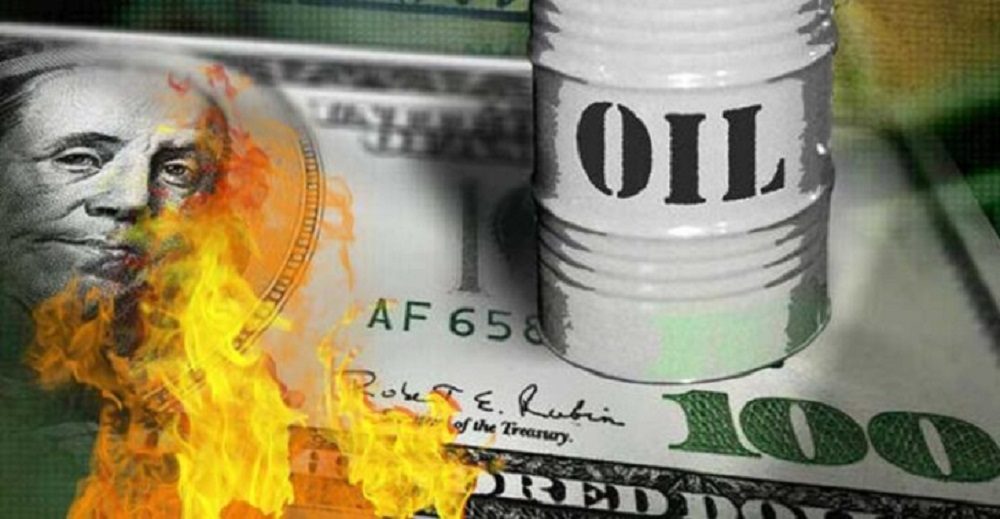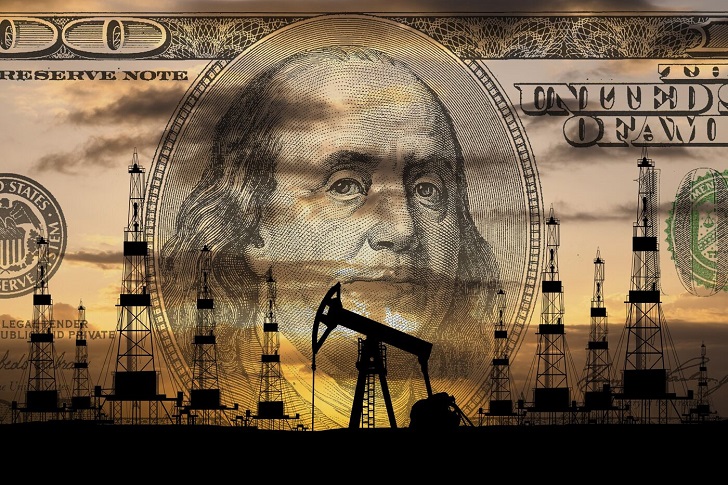
The Petrodollar Death Explained: What It Means for Global Markets

The concept of the petrodollar has been foundational in underpinning the U.S. dollar’s dominance in the global economy for over half a century. However, recent developments suggest that the petrodollar era could be nearing its end, a phenomenon often referred to as the petrodollar death. This shift could have profound implications for global financial markets and geopolitical dynamics.
The Origins and Evolution of the Petrodollar
The petrodollar system originated in the early 1970s when the U.S. negotiated with Saudi Arabia to price oil exclusively in U.S. dollars. In return, the U.S. provided military protection and stability for the Saudi regime. This arrangement was soon adopted by other OPEC countries, effectively pegging the global oil market to the U.S. dollar and establishing it as the world’s leading reserve currency.

Bloomberg | The petrodollar system originated in the early 1970s when the U.S. negotiated with Saudi Arabia to price oil exclusively in U.S. dollars.
For decades, this system benefited the U.S. economy by creating a constant demand for the dollar, helping to maintain its value and enabling the country to run large trade deficits without the typical economic consequences. The petrodollar system also facilitated U.S. influence over global economic policies.
Signs of Erosion in the Petrodollar System
However, the foundations of this system have been gradually eroding. Geopolitical shifts and the emergence of alternative trading arrangements are challenging the U.S. dollar’s dominance in the oil markets. Countries like China and Russia have started exploring transactions in their own currencies or alternative currencies like the yuan, which dilutes the dollar’s traditional role in global trade.
Moreover, the advent of cryptocurrency and digital finance has introduced new methods of international transaction that bypass the conventional banking system and, by extension, the dollar. These technological advancements are contributing to a de-dollarization trend in global markets.
The Long Twilight of the Petrodollar
The petrodollar death does not signify an immediate collapse but rather a gradual decline. As countries seek to diversify their monetary reserves and reduce their dependence on the U.S. dollar, we will likely see a more multipolar currency landscape emerge. This transition could lead to increased economic volatility as markets adjust to a new equilibrium without the stability provided by a dominant global currency.

Ahead Of The Herd | The petrodollar death does not signify an immediate collapse but rather a gradual decline.
Additionally, the U.S.’s fiscal and monetary policies, characterized by significant debt accumulation and aggressive monetary easing, have raised concerns about the long-term credibility and stability of the dollar. The perceived erosion of trust in the dollar’s value accelerates the shift away from the petrodollar system.
The Petrodollar’s Uncertain Future
The gradual shift from the petrodollar system heralds significant changes in global financial markets. It poses challenges for the U.S. economy, which has benefited immensely from the dollar’s status as the world’s primary reserve currency. Reduced global demand for the dollar could increase borrowing costs and lead to higher interest rates, impacting government debt levels and potentially triggering a slowdown in economic growth.
On a broader scale, the decline of the petrodollar system could lead to a reordering of global economic power, with countries like China and the European Union potentially gaining influence at the expense of the U.S. This realignment could alter trade dynamics, investment flows, and even geopolitical alliances.
More inFinancial Advisory
-
How to Make Money on TikTok – 8 Proven Strategies
TikTok isn’t just a platform for viral dance challenges and funny skits anymore. It’s a goldmine of opportunity for creative minds...
June 6, 2024 -
Tech Giant Cisco Likely to Lay Off ‘Almost 350’ Employees As Part of Its ‘Restructuring Plan’
Is your favorite tech company feeling the pinch? Recent reports suggest that Cisco (CSCO) is planning to lay off ‘almost 350...
May 31, 2024 -
How Many Mortgages Can You Have? Understanding the Limits
Are you pondering the idea of delving into the realm of multiple mortgages? Whether it’s for expanding your property portfolio, securing...
May 23, 2024 -
What You Ought to Know About Dominican Republic Rum
When you think of the Dominican Republic, your mind might drift to images of beautiful beaches and vibrant dance rhythms. But...
May 16, 2024 -
Are Mobile Homes Worth Investing? A Deeper Look
Are mobile homes a good investment? This question often pops up among potential homeowners and investors alike, looking for an affordable...
May 9, 2024 -
10 Best Stocks to Invest in 2024 for Smart Investors
In a world where economic growth seems to be hitting the brakes, the hunt for the best stocks to invest in...
April 30, 2024 -
Will Breaking a Lease Affect Your Credit? The Real Impact
Breaking a lease isn’t just about packing up and moving on; it’s a decision that can have lasting financial implications. While...
April 23, 2024 -
Is Traveling a Hobby? Exploring the Reasons and Ways to Travel More
Have you ever scrolled through social media and stumbled upon the question, “Is traveling a hobby?” It’s a thought-provoking query that...
April 16, 2024 -
Who Owns the Playboy Mansion? Revealing the Current Owner
The story of the Playboy Mansion is as intriguing as the parties it once hosted. Nestled in the heart of Los...
April 9, 2024
















You must be logged in to post a comment Login